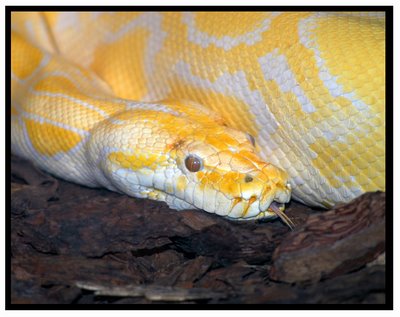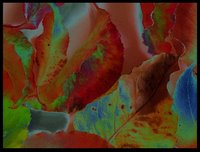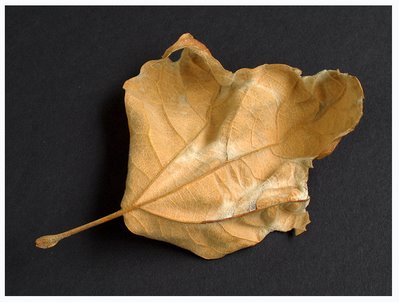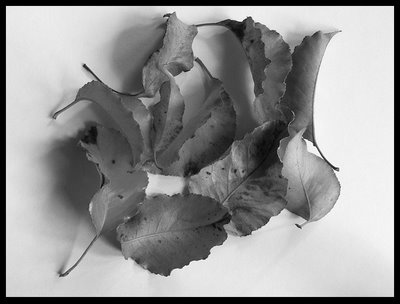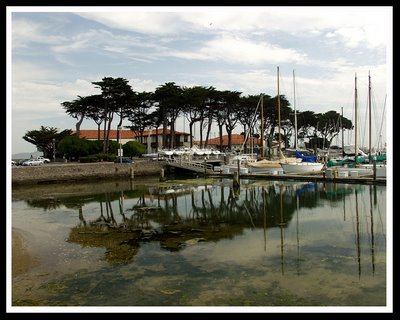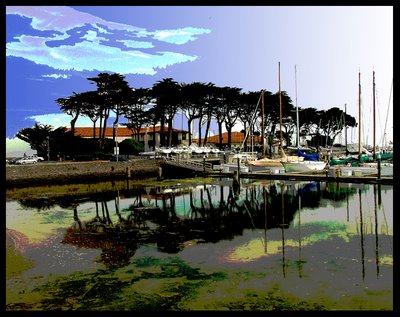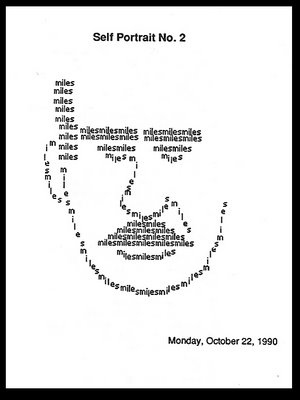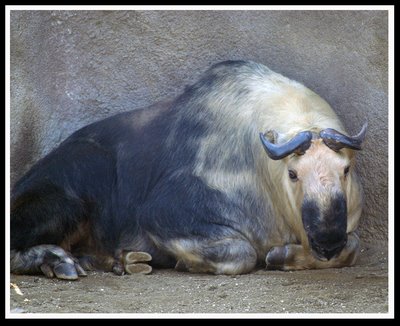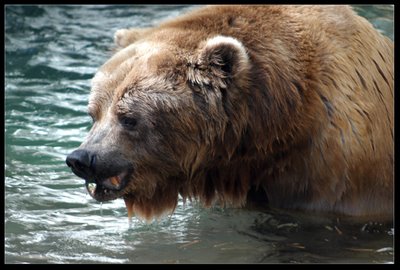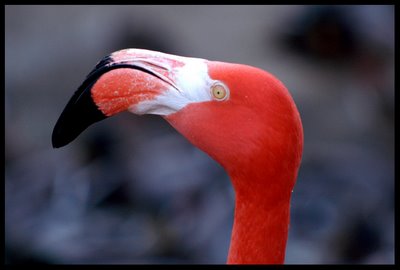
A CURE FOR FITS
Uncle Dick liked to tell the story about the time he cured a dog of having fits,
or at least that was the purpose of his doing what he did
with some help from his older brother, someone I knew as Uncle Roy,
when both of them were little more than boys in an Arkansas logging camp.
According to Uncle Dick just about everybody in Arkansas at the time
believed that the way to cure a dog of having fits,
you know the kind where the dog runs around in circles
and chases his tail, foams at the mouth and finally falls into a sleep,
was to cut off his tail, which explained why so many dogs had no tails;
you can be sure it wasn’t because the AKA required it.
Well, this old hound came into the camp one day
and just hung around sniffing at everybody’s heels
until he came to Uncle Roy who had, I guess, what he was looking for
because that dog sat right down beside him
and didn’t move until Uncle Roy did,
and from that first day followed him everywhere,
even out to the woods where he was a mule skinner.
Now Uncle Roy was a lot like most of the rest of us
in that he couldn’t help but be mighty flattered
to have another creature single him out like that,
especially when it wasn’t for anything but affection,
so he didn’t make any effort to lose him.
Everybody recognized this as a classic case
of man being dog’s best friend.
Uncle Roy would do anything for that dog,
which brings me to the point of the story.
The dog had fits.
They were bad fits that came without warning,
and they startled anybody who was around at the time,
and when it happened in the woods it scared the mules,
so something had to be done.
Uncle Dick reminded Uncle Roy that the dog had a long tail
and said he’d be glad to oblige by holding the dog
if Uncle Roy wanted to cut the dog’s tail off with an ax,
and he said he wouldn’t even mind being the one with the ax
in case there was any chance the dog might misunderstand
and be mad at the guy who actually did the cutting.
So they walked out to the wood pile one Sunday afternoon
after the dog had recovered from one of his fits,
the unsuspecting animal following Uncle Roy as he always did.
They talked awhile about how they would do it.
Uncle Roy said he’d better be the one doing the holding
because that way the dog wouldn’t think anything unusual was up.
He got down by the chopping block and the dog came to sit beside him.
Uncle Roy had taught him to sit, which the dog usually did anyway,
but this time the procedure called for standing instead of sitting,
so there was a little confusion with Uncle Roy saying stand boy, stand,
which the dog didn’t get at all, so Uncle Roy had to life him to his feet
so he could stretch his tail out across the chopping block.
There they were, the adoring dog and his friend and master,
waiting for Uncle Dick to carry out his part of the operation.
He raised the ax and was just about to let it fall
when it occurred to him that they had neglected to consider one thing,
that it sometimes takes more than one dose of medicine to effect a cure,
and if they cut off every bit of this dog’s tail they would be in a real fix.
What if he continued to have fits, maybe just little fits,
and they had used up all of the only medicine they knew to use;
so on the way down to the dog’s tail with the ax
Uncle Dick made the decision all by himself to cut off only a couple of inches
so there would be enough tail left for more doses if they were needed.
Well, the dog was understandably unhappy with the whole thing.
He bolted away with much more tail left than Uncle Roy had expected
and began running around, not necessarily in circles,
and Uncle Dick said it looked to him like the operation was a success
because the dog wasn’t foaming at the mouth.
Uncle Roy stood up with the little piece of tail in his hand
and said, what the hell, Dick, Look what you’ve done.
No matter how hard he tried for the rest of his life,
Uncle Dick wasn’t ever able to convince Uncle Roy
that taking a short cut of that dog’s tail was part of a better plan.
The dog looked ridiculous but Uncle Roy wasn’t willing to do it again,
and Uncle Dick said, looking back on it after many decades,
he didn’t figure the dog would have cooperated a second time anyway.
He said he couldn’t remember if the dog ever had a fit again.
He reckoned after thinking about it for more than sixty years,
there was built into the whole situation an inevitable misunderstanding.
There are times when you’re damned if you do and damned if you don’t.

First Century Roman friezes at the J. Paul Getty Museum in Los Angeles.



 BEACH PATROL
BEACH PATROL


















